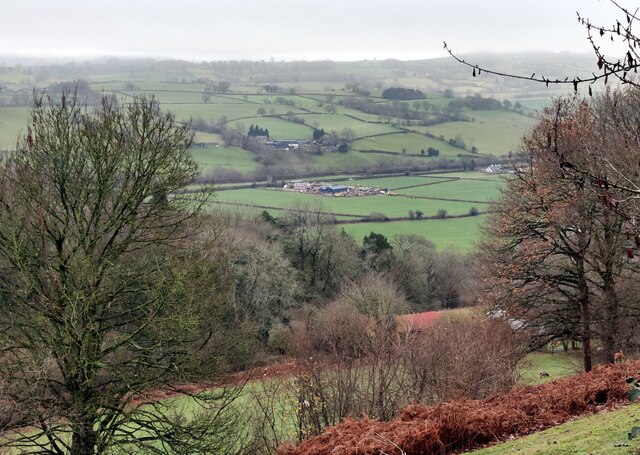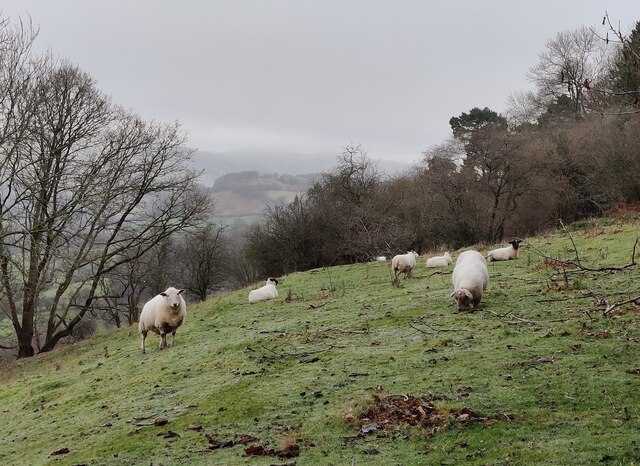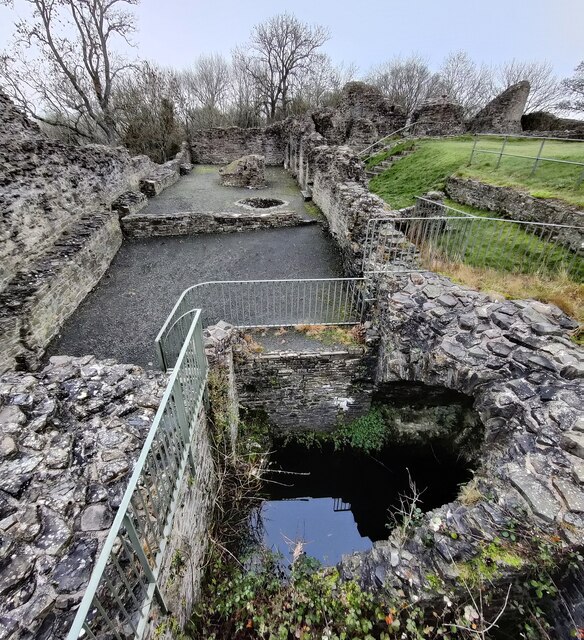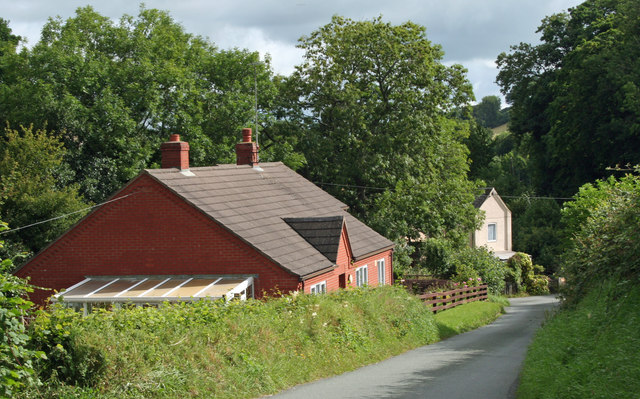Bolbro Wood
Wood, Forest in Montgomeryshire
Wales
Bolbro Wood
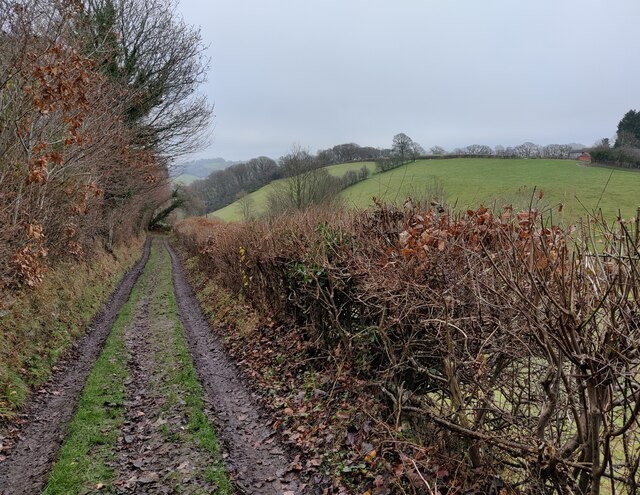
The requested URL returned error: 429 Too Many Requests
If you have any feedback on the listing, please let us know in the comments section below.
Bolbro Wood Images
Images are sourced within 2km of 52.548839/-3.2233728 or Grid Reference SO1795. Thanks to Geograph Open Source API. All images are credited.
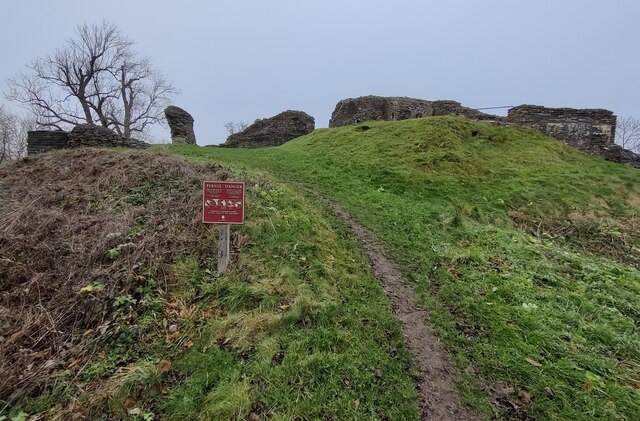
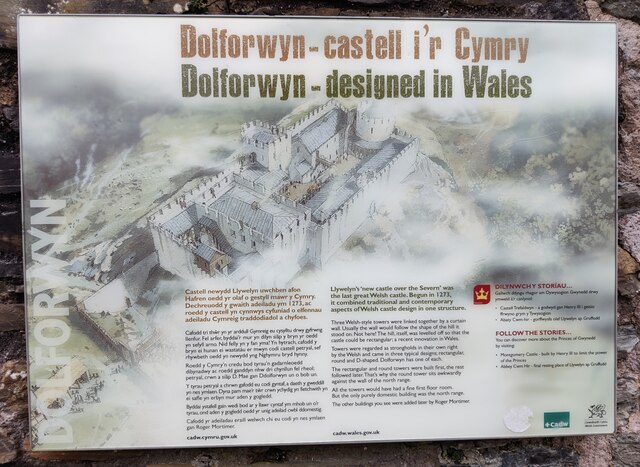
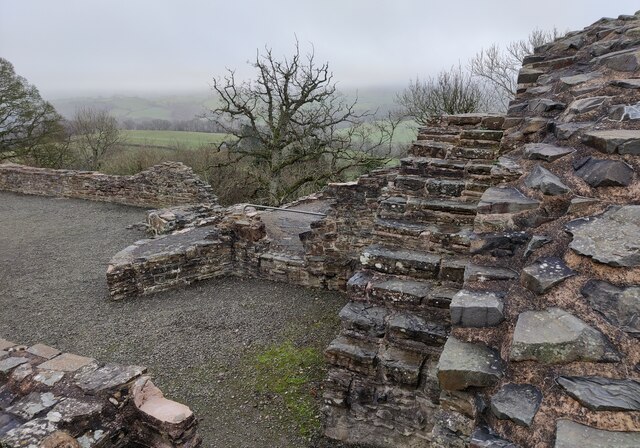
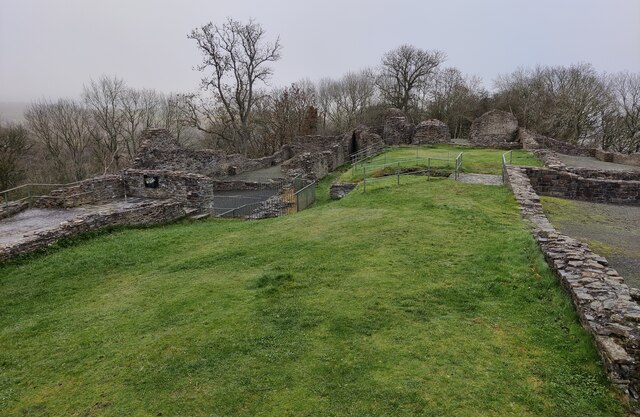
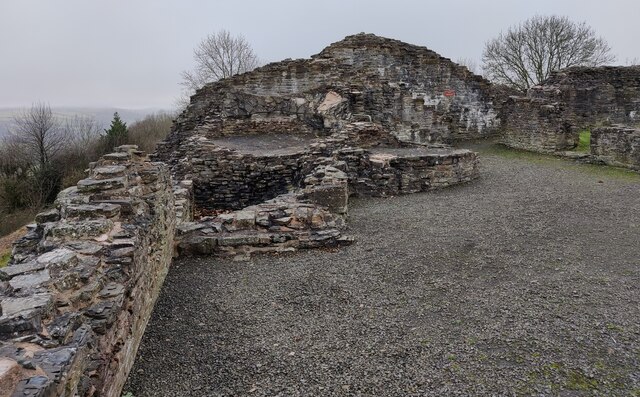
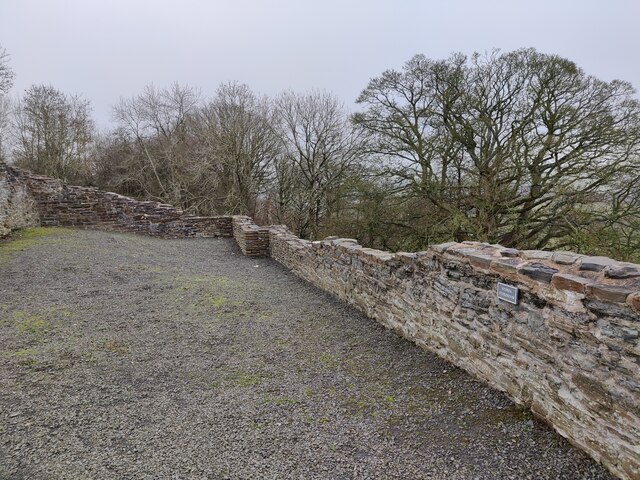
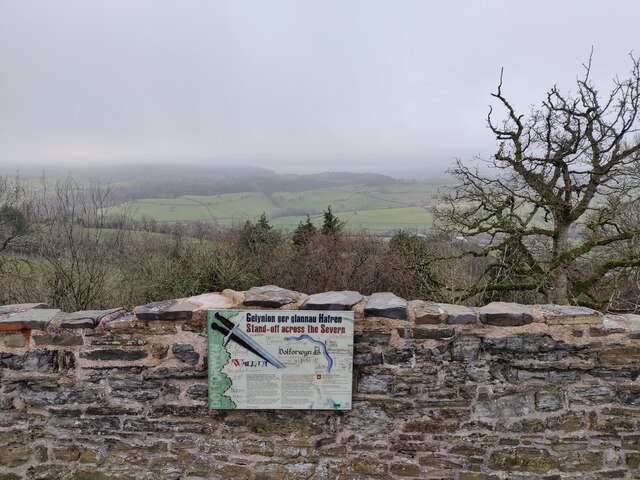
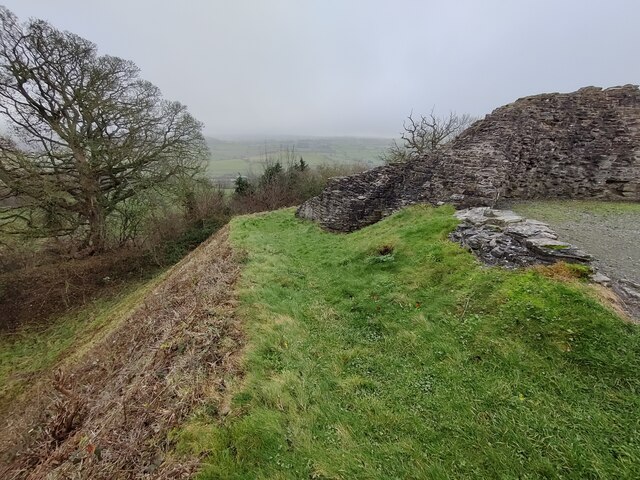
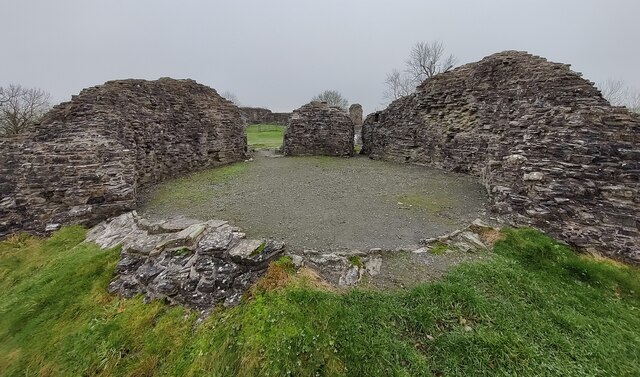
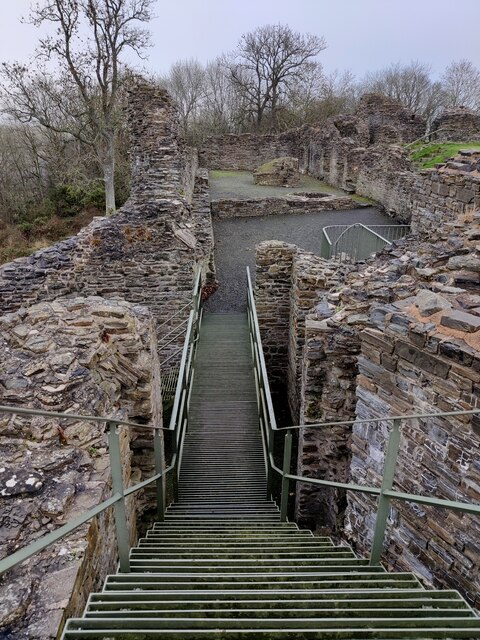
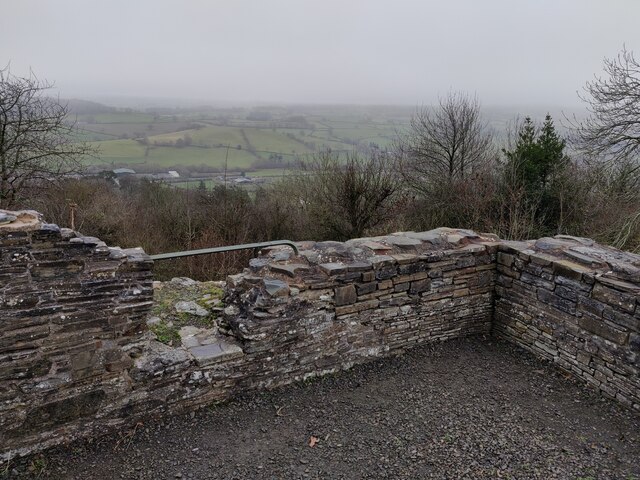

Bolbro Wood is located at Grid Ref: SO1795 (Lat: 52.548839, Lng: -3.2233728)
Unitary Authority: Powys
Police Authority: Dyfed Powys
What 3 Words
///trending.cute.mailer. Near Newtown, Powys
Nearby Locations
Related Wikis
Abermule with Llandyssil
Abermule with Llandyssil, formerly just Llandyssil (Welsh: Llandysul), is a community in Powys (historically Montgomeryshire), Wales, including the villages...
Abermule
Abermule (Welsh: Aber-miwl) is a village lying on the River Severn 6 km (4 miles) northeast of Newtown in Powys, mid Wales. The A483 Swansea to Chester...
Abermule train collision
The Abermule train collision was a head-on collision which occurred at Abermule, Montgomeryshire, Wales on Wednesday 26 January 1921, killing 17 people...
Abermule railway station
Abermule railway station served the village of Abermule (Abermiwl in Welsh) in Wales. Served by the Oswestry and Newtown railway, it was situated on the...
Nearby Amenities
Located within 500m of 52.548839,-3.2233728Have you been to Bolbro Wood?
Leave your review of Bolbro Wood below (or comments, questions and feedback).
